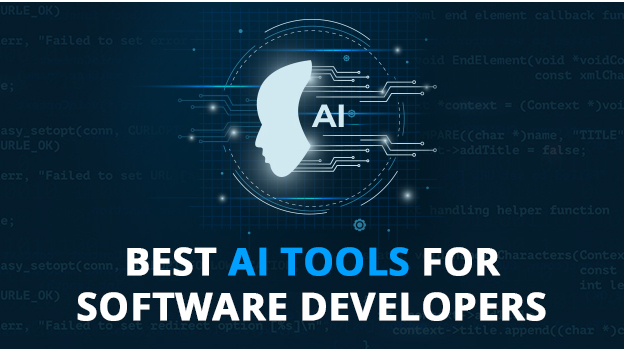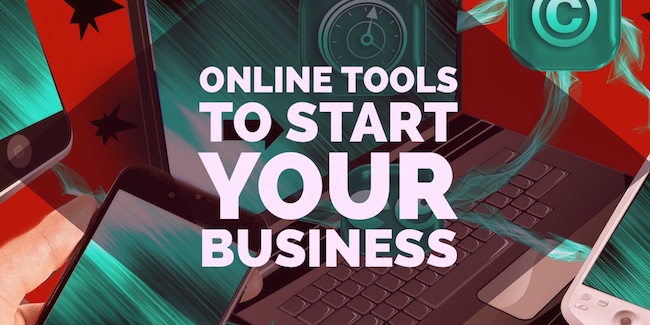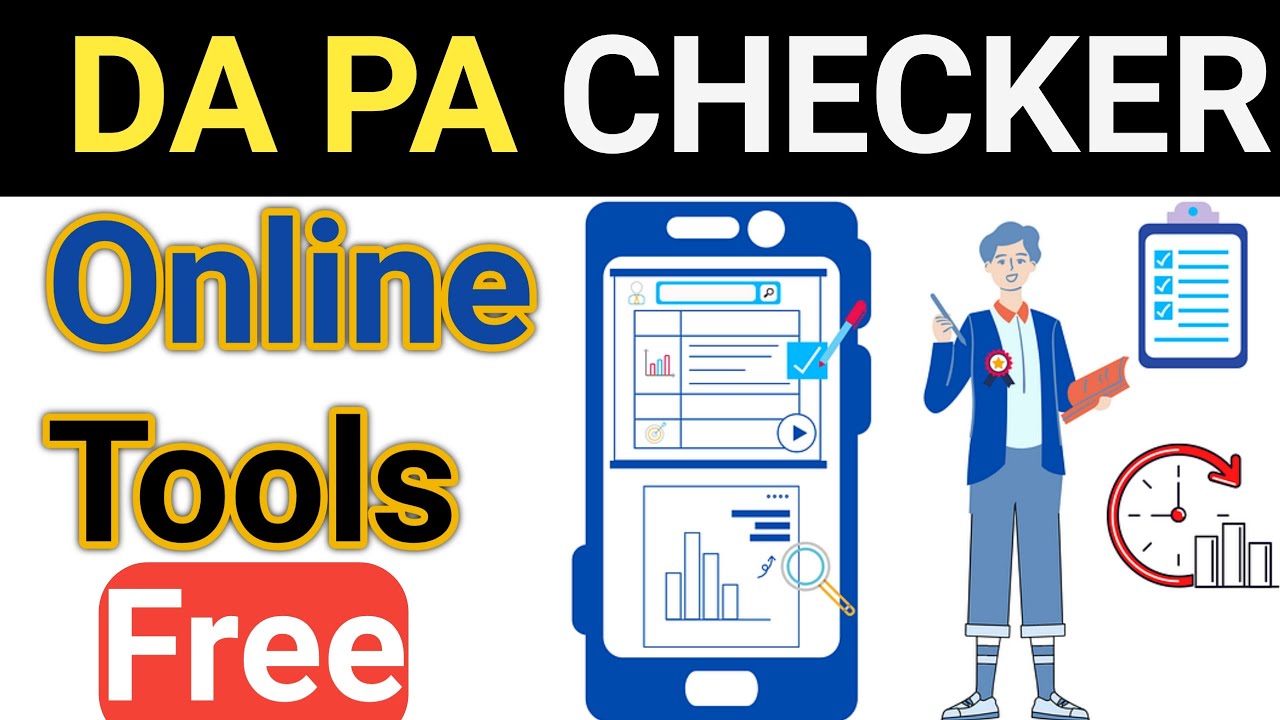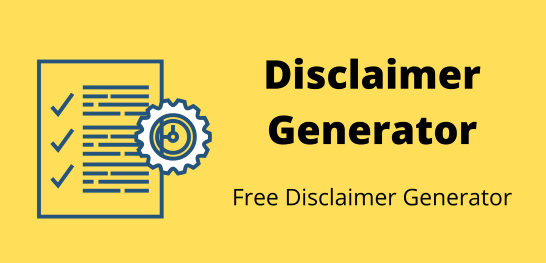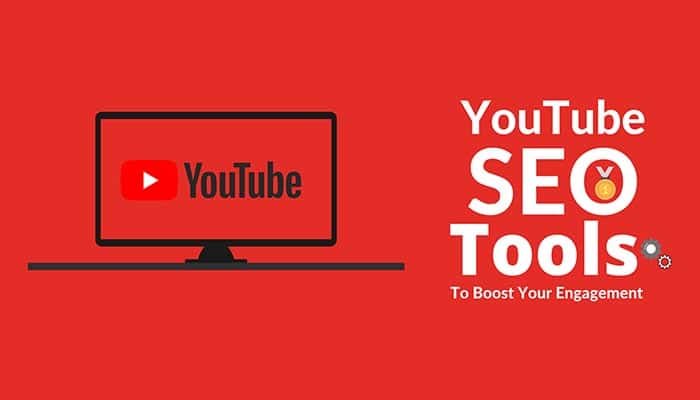
AI Tools for Web Scraping
Comparing Top AI Web Scraping Tools
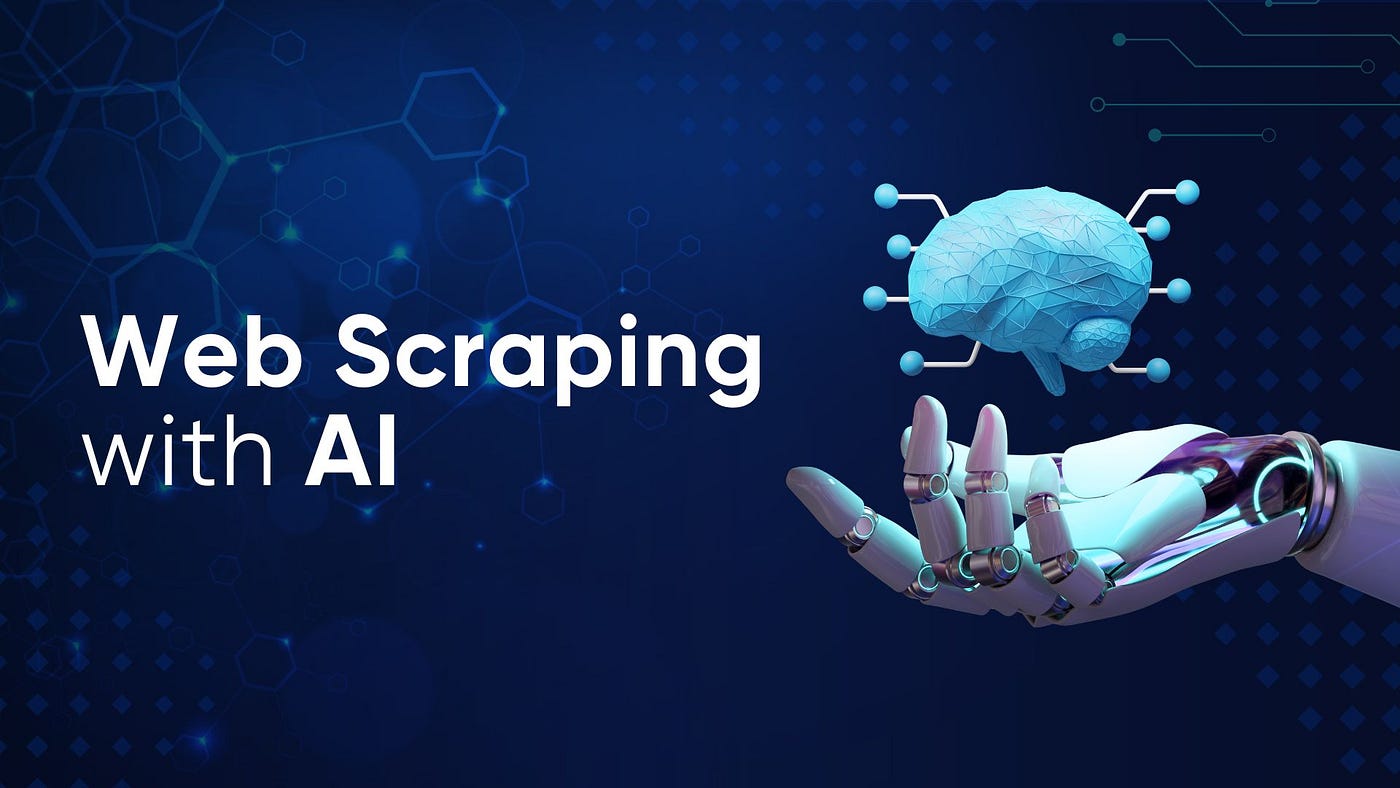
In the digital age, data is king. Businesses, researchers, and marketers increasingly rely on data to drive decisions, improve processes, and better understand their markets. However, obtaining the vast amounts of data needed for analysis isn't always straightforward. That's where web scraping comes in.
Web scraping is the process of extracting data from websites. It has long been a powerful tool for gathering information, but with the rise of artificial intelligence (AI), web scraping has become more advanced, efficient, and accessible to a wider range of users.
This article will explore how AI-powered web scraping tools have transformed the landscape, making it easier for professionals, from novice users to experts, to extract and leverage online data. We’ll dive into the benefits of these tools, provide examples of popular AI-driven web scraping software, and highlight use cases across industries.
What is Web Scraping?
At its core, web scraping is the act of extracting publicly available information from websites. This could range from product prices, customer reviews, or social media posts, to financial data or academic resources. The data is typically collected in a structured format, like a CSV file, and can be used for various purposes, such as market analysis, price comparison, lead generation, or academic research.
Traditional web scraping often required extensive coding knowledge, especially in languages like Python. It involved creating a script that could navigate the HTML structure of websites and locate the specific data that needed to be extracted. The process could be tedious and time-consuming, especially when scraping data from websites with complex or dynamically generated content.
Types of Website Scrapers
When it comes to web scraping, the diversity of websites and the data they host necessitate different types of scrapers, each tailored to specific needs. While all scrapers share a common goal—extracting data from websites—their underlying mechanisms and use cases vary significantly.
Understanding the different types of web scrapers can help users select the best option for their particular needs, whether it's for e-commerce price monitoring, competitive analysis, market research, or academic studies.
1. HTML Parsers
Overview:
HTML parsers are the most basic type of web scraper and have been around for years. These scrapers navigate a webpage HTML structure to locate and extract specific elements, such as text, images, or links. HTML parsers work by targeting specific tags, such as <div>, <h1>, <a>, and others, that house the data. This process is called “parsing” because it involves analyzing and interpreting the website's HTML code to extract meaningful information.
Best Suited For:
- Simple websites with static content.
- Extracting data like headings, paragraphs, and lists.
- Gathering hyperlinks for backlink analysis.
Limitations:
HTML parsers struggle with dynamic content (websites built using JavaScript or AJAX) and can break if a website changes its HTML structure. Additionally, they require the user to have some knowledge of HTML and CSS to accurately target the desired data.
Tools for HTML Parsing:
- BeautifulSoup (Python): A popular library for parsing HTML and XML documents.
- lxml (Python): Known for its speed and efficiency in parsing large HTML documents.
2. DOM Scrapers
Overview:
Document Object Model (DOM) scrapers take a more advanced approach by interacting with the DOM of a webpage, which is an object-oriented representation of the HTML elements. This allows scrapers to access data as the website is rendered in the browser, making DOM scrapers more effective at handling complex websites that use JavaScript to load content dynamically.
Best Suited For:
- Websites with dynamically generated content.
- Scraping modern web applications that rely on JavaScript.
- Extracting real-time information, like news headlines or social media posts.
Limitations:
Although DOM scrapers handle dynamic content better than HTML parsers, they still require knowledge of how web pages are constructed. They may not be suitable for beginners due to their higher level of complexity.
Tools for DOM Scraping:
- Puppeteer (JavaScript): A headless browser that lets users interact with a website’s DOM for scraping purposes.
- Selenium (Various languages): Used primarily for testing, Selenium can also be adapted for scraping websites that rely heavily on JavaScript.
3. Headless Browser Scrapers
Overview:
A headless browser scraper is essentially a browser (like Chrome or Firefox) without a graphical user interface (GUI). It behaves like a regular browser, loading websites and rendering JavaScript content but operates in the background without displaying anything on the screen. Headless browsers are highly effective for scraping complex websites and can handle interactions like filling out forms, clicking buttons, and navigating multi-page websites.
Best Suited For:
- Scraping data from single-page applications (SPAs) that load content dynamically.
- Websites requiring user interaction (e.g., logging in, navigating, or filling forms).
- Scraping large, complex datasets from web applications.
Limitations:
Headless browsers can be resource-intensive and slower than other types of scrapers because they load entire websites, including images, CSS, and scripts, rather than just the raw HTML.
Tools for Headless Browser Scraping:
- Headless Chrome with Puppeteer: A well-known option for those needing headless browsing capabilities for scraping purposes.
- PhantomJS: An older headless browser that, while effective, has largely been superseded by newer options like Puppeteer.
4. API Scrapers
Overview:
Some websites provide Application Programming Interfaces (APIs), which allow users to directly access the underlying data without needing to scrape the webpage itself. API scrapers interact with a website’s API, sending requests and receiving structured data, usually in formats like JSON or XML. This is an efficient and ethical way to extract data since it uses the resources and structure provided by the website owner.
Best Suited For:
- Websites that offer public APIs for data access.
- Scraping data quickly and efficiently without dealing with HTML or JavaScript.
- Tasks where high-volume data extraction is needed in real-time, such as financial trading platforms or weather data services.
Limitations:
APIs are not always available, and even when they are, they often come with restrictions such as rate limiting, requiring API keys, or limited access to certain data. Scraping an API may also require an understanding of how RESTful APIs function.
Tools for API Scraping:
- Postman: An API client used to interact with APIs and scrape data in structured formats.
- Axios (JavaScript): A promise-based HTTP client for making API requests in JavaScript.
5. Content Scrapers
Overview:
Content scrapers are designed to extract large volumes of text-based data from web pages. These scrapers can target specific blocks of content, such as articles, blog posts, product descriptions, and other textual information. While they can be used for a wide variety of tasks, content scrapers are often paired with Natural Language Processing (NLP) tools to analyze and process the textual data.
Best Suited For:
- Extracting text-heavy content like news articles, blogs, and product descriptions.
- Gathering large corpuses of text for machine learning models or linguistic analysis.
- Sentiment analysis and opinion mining from social media and review sites.
Limitations:
Content scrapers may struggle with multimedia-heavy websites or those with intricate layouts that mix text with images or video. In some cases, text extracted from websites may need additional cleaning to remove unwanted data.
Tools for Content Scraping:
- Scrapy: An open-source framework that can be extended to focus on content-heavy websites.
- Newspaper3k (Python): A Python library optimized for extracting text from news websites.
6. Image Scrapers
Overview:
Image scrapers focus on extracting image data from websites, such as product images, logos, and other graphical content. These scrapers can either download the images directly or gather metadata (e.g., URLs, alt text, captions) associated with the images for further analysis.
Best Suited For:
- E-commerce websites for gathering product images.
- Cataloging large volumes of images for research or analysis.
- Gathering image datasets for machine learning models (e.g., object detection or image classification).
Limitations:
Some websites protect images by using lazy loading or content delivery networks (CDNs) that require additional handling. Moreover, scraping large numbers of images can consume significant bandwidth and storage space.
Tools for Image Scraping:
- BeautifulSoup combined with Requests (Python): Effective for scraping image URLs and downloading images from HTML.
- Image Scraper API: Some tools offer APIs specifically for downloading images from various websites.
7. Data-as-a-Service (DaaS) Scrapers
Overview:
For businesses that lack the time or expertise to create their own web scrapers, Data-as-a-Service (DaaS) scrapers offer a third-party solution. These services provide pre-built or customizable scrapers that can extract data from specific websites and deliver it in a structured format. DaaS scrapers are often cloud-based, meaning they can scale easily and operate without the need for local resources.
Best Suited For:
- Businesses needing large-scale data extraction without building or maintaining their own scrapers.
- Users seeking real-time data feeds, such as for market analysis or competitor pricing.
- Data collection projects that require continuous scraping and data updates.
Limitations:
DaaS solutions can be costly, especially for large-scale or high-frequency scraping needs. Additionally, the data may not always be fully customizable, depending on the service provider.
Popular DaaS Providers:
- WebHarvy: A visual scraping tool that can automate data extraction.
- Zyte (formerly Scrapinghub): Provides both scraping services and tools for customized web scraping projects.
Each type of web scraper comes with its own set of advantages and limitations, and the choice of scraper depends heavily on the complexity of the website and the type of data needed.
From basic HTML parsers to advanced AI-powered headless browsers, there’s a web scraping solution available for virtually any task. Understanding these types allows businesses, researchers, and individuals to select the most appropriate tool for their needs, ensuring they can efficiently collect and utilize the data that’s critical to their operations.
How AI Transforms Web Scraping
AI has revolutionized web scraping by automating and simplifying the process. AI-powered web scraping tools are equipped with machine learning (ML) algorithms that can interpret web pages more effectively than traditional methods. They are capable of recognizing patterns, adapting to changes in website structures, and handling complex, dynamic content without needing to be manually reprogrammed.
Some of the ways AI enhances web scraping include:
1. Intelligent Pattern Recognition
AI tools can recognize patterns in the data and webpage layouts. While traditional scrapers rely on static rules to extract data, AI-driven tools can dynamically adapt to changes in the webpage structure. For instance, if a website changes its layout or modifies HTML tags, an AI scraper will adjust its extraction methods, reducing downtime and the need for constant maintenance.
2. Handling Dynamic Content
Many modern websites use JavaScript to load content dynamically, making it difficult for conventional scrapers to extract information. AI tools, however, can handle these dynamic elements. By using techniques like rendering JavaScript or leveraging neural networks, AI scrapers can extract data from single-page applications (SPAs) or websites that load content asynchronously.
3. Natural Language Processing (NLP)
AI-driven tools often use NLP to extract and understand data in context. For example, if you're scraping product reviews or social media comments, NLP allows the AI tool to not only extract the text but also analyze its sentiment. This provides more nuanced data, which can be highly valuable for market research, customer feedback analysis, and competitive intelligence.
4. Reduced Need for Coding
One of the greatest benefits of AI-powered web scraping tools is that they often require little to no coding. Many of these tools come with user-friendly interfaces that allow users to point and click on the data they want to extract, and the AI handles the rest. This opens up web scraping to a wider audience, including marketers, business owners, and researchers who don’t have extensive programming skills.
5. Scalability and Speed
AI can scrape large volumes of data quickly and efficiently. For businesses that need to collect data from multiple sources or monitor data in real-time, AI tools provide a scalable solution. Some tools also offer cloud-based scraping, which can further enhance speed and allow for parallel scraping of multiple websites.
Popular AI-Powered Web Scraping Tools
The rise of AI has led to the development of several web scraping tools designed to make the process easier and more efficient. Below are some of the top AI-driven web scraping tools that have gained popularity:
1. Diffbot
Diffbot is an AI-driven data extraction tool that uses machine learning to understand and organize web data. It is one of the most advanced web scraping tools available, capable of extracting data from complex websites, including those with dynamic content and SPAs.
Diffbot’s API can automatically classify and extract data, offering insights into products, articles, images, and more. What sets Diffbot apart is its ability to create knowledge graphs from the scraped data, making it a powerful tool for companies looking to automate their data collection and analysis processes.
2. Scrapy
Scrapy is an open-source web scraping framework that’s widely used by developers. While Scrapy itself isn’t AI-based, it can be paired with AI tools and machine learning models to improve its efficiency. For instance, developers can integrate NLP models with Scrapy to extract and analyze data in context.
Scrapy’s flexibility makes it a favourite among experienced users who want to build customized web scrapers. However, for beginners or those looking for a no-code solution, there are more user-friendly AI-powered options available.
3. Octoparse
Octoparse is a powerful no-code web scraping tool that allows users to extract data from websites with ease. Its AI-powered engine automatically detects data fields, allowing users to simply point and click on the data they want to scrape.
One of Octoparse’s standout features is its ability to handle dynamic content. It can scrape data from websites that use JavaScript and other technologies that typically pose challenges for traditional scrapers. Octoparse also provides cloud-based scraping, meaning users can scrape large volumes of data without relying on their local machines.
4. ParseHub
ParseHub is another no-code AI-powered web scraping tool designed for users of all skill levels. Its visual editor allows users to click on elements within a webpage to extract data. The tool is particularly useful for scraping data from complex, dynamic websites.
ParseHub uses machine learning to recognize data patterns and adapt to changes in webpage layouts, which means users don’t have to constantly update their scraping scripts. It’s a great option for businesses or individuals who need a reliable, user-friendly scraping tool.
5. Import.io
Import.io is a comprehensive data extraction platform that uses AI to streamline the web scraping process. It’s designed for businesses that need to gather and analyze data at scale. With Import.io, users can convert entire websites into structured data without writing any code.
The platform also provides real-time data extraction and monitoring, which is ideal for users who need to keep track of frequently updated information, such as product prices or market trends. Import.io’s AI capabilities enable it to handle dynamic content and adapt to changes in website structures.
Use Cases of AI Web Scraping
AI-powered web scraping tools are used across a wide range of industries, enabling businesses and individuals to gather insights, make informed decisions, and optimize their operations. Below are some common use cases:
1. Market Research
For businesses, staying competitive means keeping an eye on market trends, competitor activity, and customer preferences. AI-powered web scraping tools allow companies to gather and analyze data from competitor websites, social media, review platforms, and forums.
For instance, scraping product reviews can help businesses identify common pain points and areas for improvement. Monitoring competitor prices and promotions can also provide a competitive edge in pricing strategy.
2. Lead Generation
AI-powered web scraping tools can be used to extract contact information from websites and directories, providing businesses with valuable leads for outreach and sales. This is especially useful for B2B companies that need to generate large lists of potential clients in specific industries.
3. E-commerce Pricing
E-commerce businesses often use web scraping to monitor competitor prices and adjust their pricing strategies accordingly. AI tools can scrape product prices across multiple e-commerce platforms, providing real-time data that businesses can use to optimize their pricing models and remain competitive in the marketplace.
4. Academic Research
Researchers often need to gather large datasets from various online sources. AI-powered web scraping tools make it easier to collect data from academic journals, government databases, and other sources. NLP capabilities can also assist in organizing and analyzing textual data for qualitative research.
5. Financial Analysis
In the financial sector, AI-driven web scraping is used to gather data from news sites, stock exchanges, and financial reports. This data can then be used for predictive analysis, allowing investors to make informed decisions based on real-time market trends.
Ethical Considerations and Legal Implications
While AI-powered web scraping offers tremendous benefits, it’s important to recognize the ethical and legal challenges it presents. Not all websites allow web scraping, and some explicitly forbid it in their terms of service. Additionally, scraping personal data or copyrighted content can lead to legal ramifications.
Before embarking on a web scraping project, it’s essential to review the terms of service of the target websites and ensure that the data being extracted is publicly available and permissible to use. Using AI tools responsibly and ethically is key to avoiding potential legal issues.
Conclusion: AI Tools for Web Scraping
AI has transformed web scraping, making it more efficient, scalable, and accessible. With tools that can handle dynamic content, adapt to changes, and analyze data in context, businesses and individuals can now extract valuable insights from the web without needing extensive technical skills. As AI continues to evolve, we can expect web scraping tools to become even more powerful, opening up new possibilities for data-driven decision-making.
For those looking to leverage the power of web scraping, AI tools provide an invaluable resource. Whether you’re a seasoned developer or a beginner, these tools can help you extract the data you need to stay ahead in an increasingly competitive digital landscape.

IMOH JAPHET
CEO / Editor
Imoh Japhet is a multi-talented Tech-Pro with passion for web development, Mentoring, Customer Satisfaction, and Content Creation. His decade of experience led to Tool4SEO.com; a free online Toolkit built to help you simplify web development, daily tasks and content creation.
